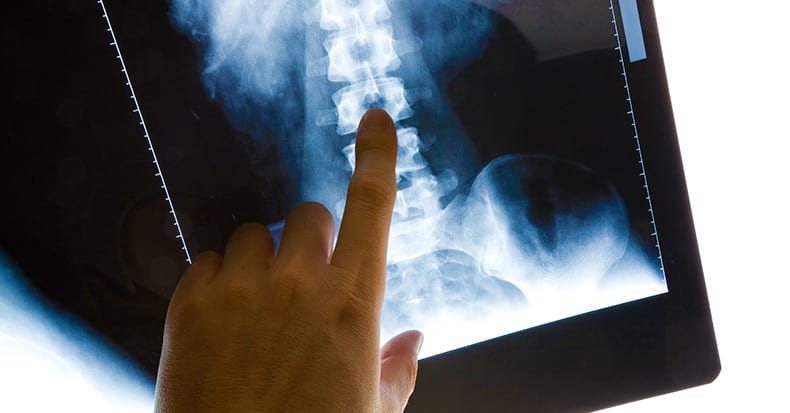Newest Articles
Fibromyalgia (FM) is a very common condition affecting approximately ten million Americans (2-4% of the population)—with a ratio of about four women to each man with the disease. Part of the diagnosis and treatment challenge is that many of the complaints associated with FM occur in ALL of us at some point, such as fatigue, [..]
Whiplash is really a slang term for the rapid back and forth whipping of the head on the neck, usually associated with motor vehicle accidents. The title “Whiplash Associated Disorders”, or WAD, describes it best because it includes ALL of the MANY signs and symptoms of the disorder.
WAD basically comes in three sizes based [..]
Have you ever said to yourself, “I’m in great shape for my age!” Or how about, “For the amount I exercise, I’ll live forever!” Well, I hope you are right and you have MANY great quality years watching your family grow and prosper ahead of you. The problem is there are NO guarantees!
Did you [..]
Why is Chronic Low Back Pain So Prevalent and Often so Treatment Resistant?
The Concept of Hyper-innervation, Neoneuralisation, Receptive Field Enlargement
Pain, like all perceptions, is a cortical event. Pain is experienced in the brain. Pain perception in the brain begins in a peripheral tissue and is transmitted to the brain via a nerve. Thus, the peripheral tissue [..]
Introduction
Vertigo is defined as “a condition in which somebody feels a sensation of whirling or tilting that causes a loss of balance.” To describe the sensation of vertigo, patients often use words such as dizziness, giddiness, unsteadiness, or lightheadedness. The neurological vertigo center is called the vestibular nucleus. The vestibular nucleus is located in the [..]
The escalation in health care spending in the United States has mandated an approach for cost containment. The contemporary approach in this effort is called “Evidenced-Based Medicine.” Proponents of Evidence Based Medicine have become increasingly organized, beginning in the 1990s. As an example, in 1996, the British Medical Journal published an editorial titled (1):Evidence Based Medicine: What it is [..]
Fibromyalgia is an incredibly complex, widespread, and disabling neuromusculoskeletal disorder. Fibromyalgia affects between 2-8% of the American population, somewhere between 6 million to 25 million individuals (1). A literature search of the National Library of Medicine of the United States using the key work “fibromyalgia” will locate 8,489 citations (May 8, 2015).Daniel Clauw, MD, is [..]
When a force is applied to a joint, increased motion and “joint separation” occur. This can be done without causing any injury to the joint tissues (bones, cartilage, ligaments, muscles, tendons, nerves, etc.). This increased motion has a number of proposed benefits, including (1):The disruption of intra-articular and peri-articular adhesions.The remodeling of peri-articular fibrosis.Generating spinal [..]
America’s Pain Crisis
Judy Foreman was educated at Harvard, and has been a Lecturer on Medicine at Harvard’s Medical School. In 2014, she published a book titled (1):
A Nation in PainHealing Our Biggest Health Problem
Ms. Foreman notes that of the 238 million adults in America, approximately half of them have chronic daily pain. [..]
Two Viable, Overlapping ModelsAnecdoteSports Team Doctor Calls the ShotsPortola Valley Physician Aims for Zero PainSan Francisco ChronicleOctober 7, 2000Friends of Dr. Mark Sontag of Portola Valley, CA, like to joke that he's “a man for all seasons.”A specialist in sports medicine and rehabilitation, Sontag is a team doctor for the San Francisco Giants, the San Jose Sharks, [..]
Spinal Manipulation for Lumbar Intervertebral Disc Syndrome with RadiculopathyFor thirty years (since 1985), it has been acknowledged that spinal manipulation is successful in the treatment of the majority of patients with low back pain, and that “there is a scientific basis for the treatment of back pain by manipulation.” (1) However, the consensus pertaining to the use [..]
Low back pain (LBP) is VERY likely to affect all of us at some point in life. The question is, do you control IT or does IT control you? Here are ten “tricks” for staying in control of “IT!”
1) STRETCH: When you’re in one position for a long time (like sitting at your desk), [..]















